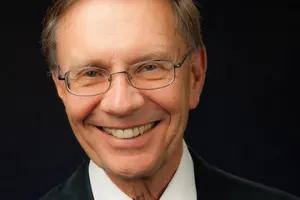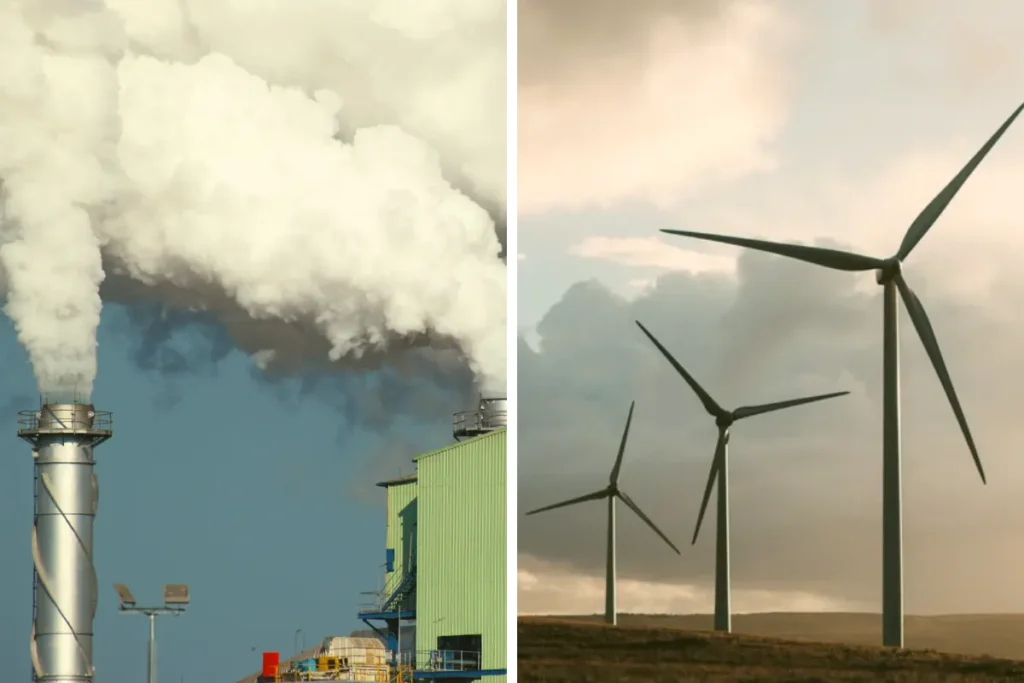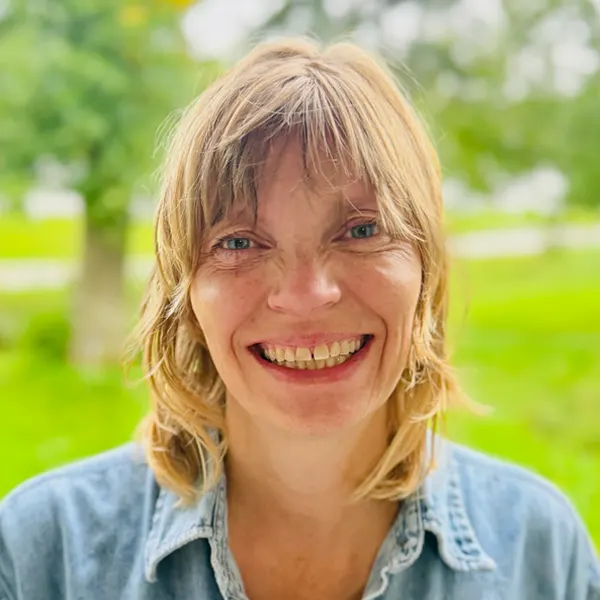By Merrill Piepkorn, North Dakota State Senator, District 44 — North Fargo
Great River Energy is a Minnesota-based cooperative that serves 700,000 members through 28 electric cooperatives. The lignite coal burning Coal Creek Station electric generation plant near Washburn, N.D., has been one of Great River’s major sources of electricity since it began operating in 1979. As coal burning plants have been shutting down across the country, including here in North Dakota, it should come as no surprise that GRE announced Coal Creek Station will be closing. The rumors have been circulating for some time and GRE’s John Brekke’s testimony at the Feb. 13 meeting of the Energy Development and Transmission Committee indicated there would be a decision made soon. It didn’t take long. On May 7, the plant’s shutdown by the second half of 2022 was announced. There are several forces at work here, including economic challenges of operating the plant, and of course the fact that the public demand for coal-fired electricity is rapidly dwindling.
North Dakota has benefited from the good paying jobs at the plant and the Falkirk mine, which supplies the plant with coal. Over 700 jobs in all. And we have benefited from taxes generated by the industry. At the same time, the state has sunk hundreds of millions of dollars into research on how to burn the coal more efficiently, how to reduce the carbon output of a coal burning plant, and how to store carbon. We have also sunk tens of millions of dollars into advertising and public relations campaigns on the benefits of coal-generated energy, including its cost and reliability. The reality is that PR campaign is not working. Minnesota residents and others across the country aren’t buying it. And you know something else? Other sources are providing energy…clean energy that the public is demanding, including but not limited to wind and solar. Why does the public want clean energy? Because they want clean air and a clean world for their children and grandchildren to grow up in.
So, what to do? Throw up our arms in despair and let the chips fall where they may? Of course not. First of all, we can’t leave those hundreds of people employed at Coal Creek and Falkirk in the lurch. The state owes these workers some protection. Perhaps we can fund retraining them to work in new or related energy-related jobs. Can we attract new or related industry to the area? We are great problem solvers in this state, especially when we work together.
Great River is having trouble finding a buyer for the plant. In fact, they can’t give it away. What I hope does not happen is that the state of North Dakota throws good money after bad and invests even more in an industry that is at best problematic. In fact, now’s the time to double down on investing in the future. Unleash the brainpower at our research universities, improving on existing clean energy systems, like developing better batteries, and exploring the unknown…the future. Why can’t North Dakota lead the nation in “What’s next” rather than be stuck in “What used to be,” If we do not look forward, we will suffer the same fate as the dinosaurs that are the source of our current fossil fuels.
 Piepkorn, D-Fargo, represents District 44 in the North Dakota Senate and sits on the Senate Energy and Natural Resources Committee and the interim Energy Development and Transmission Committee.
Piepkorn, D-Fargo, represents District 44 in the North Dakota Senate and sits on the Senate Energy and Natural Resources Committee and the interim Energy Development and Transmission Committee.


